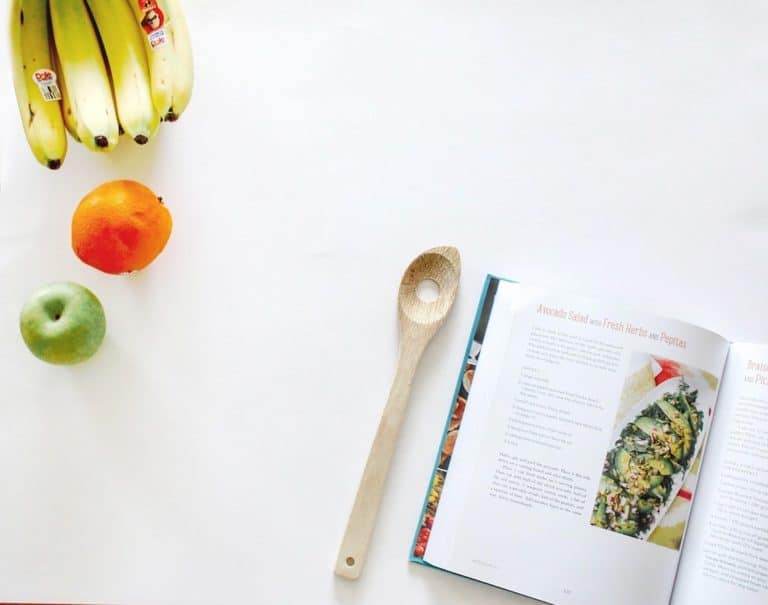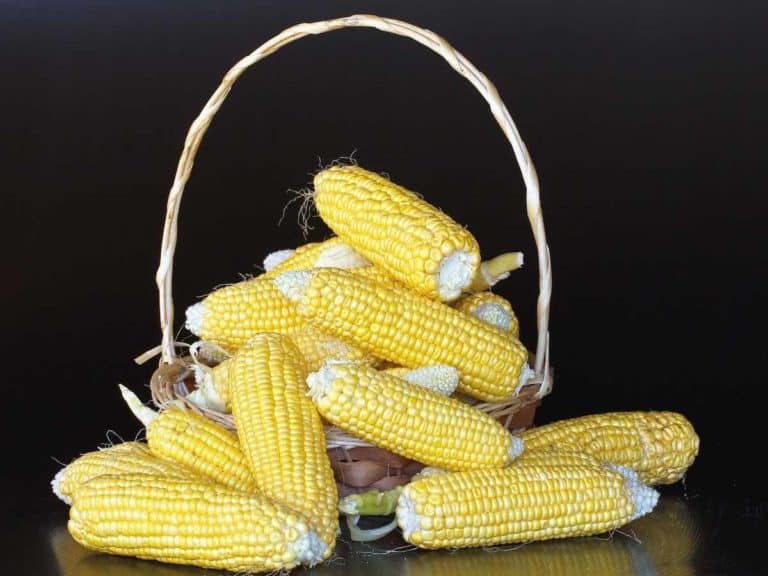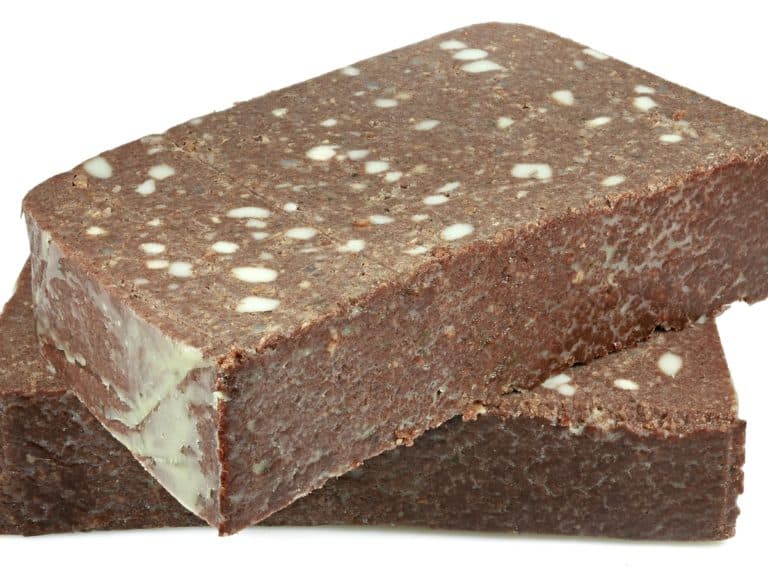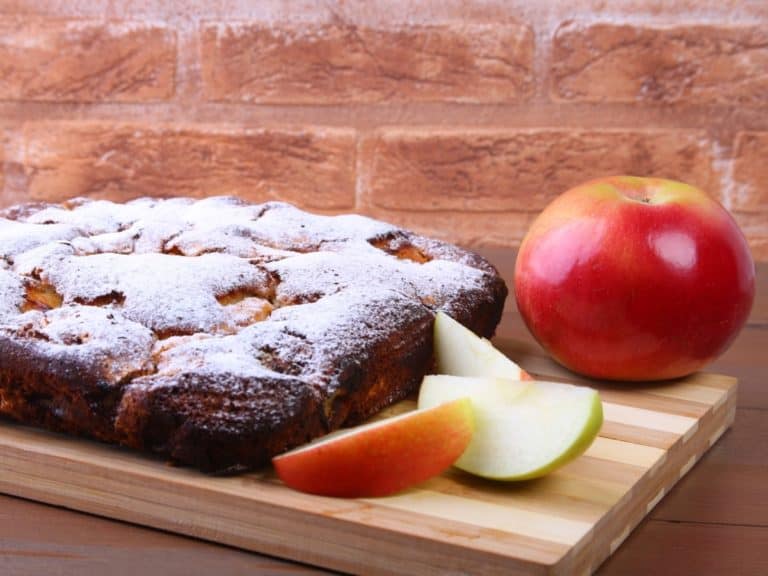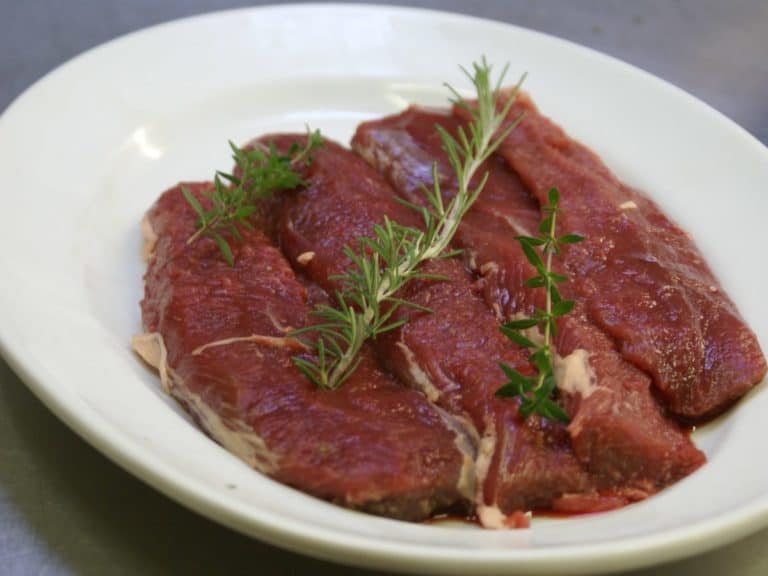Brown Rice vs. White Rice: How to Substitute
Many of us try to eat healthily. We’ve learned that certain foods are better for our health. In the case of rice, we know that brown rice can be healthier than white rice. While healthier, brown rice feels and tastes different. So it begs the question: Can you substitute brown rice for white rice?
You can substitute brown rice for white in your diet or in any dish. Brown rice cooks, tastes and feels different. But those traits don’t make it unviable for substitution. You just have to make some adjustments in your cooking.
Brown rice can be a healthier option for your diet and your dish. With the right knowledge, you can seamlessly substitute brown rice for white rice. This article can help you learn that.
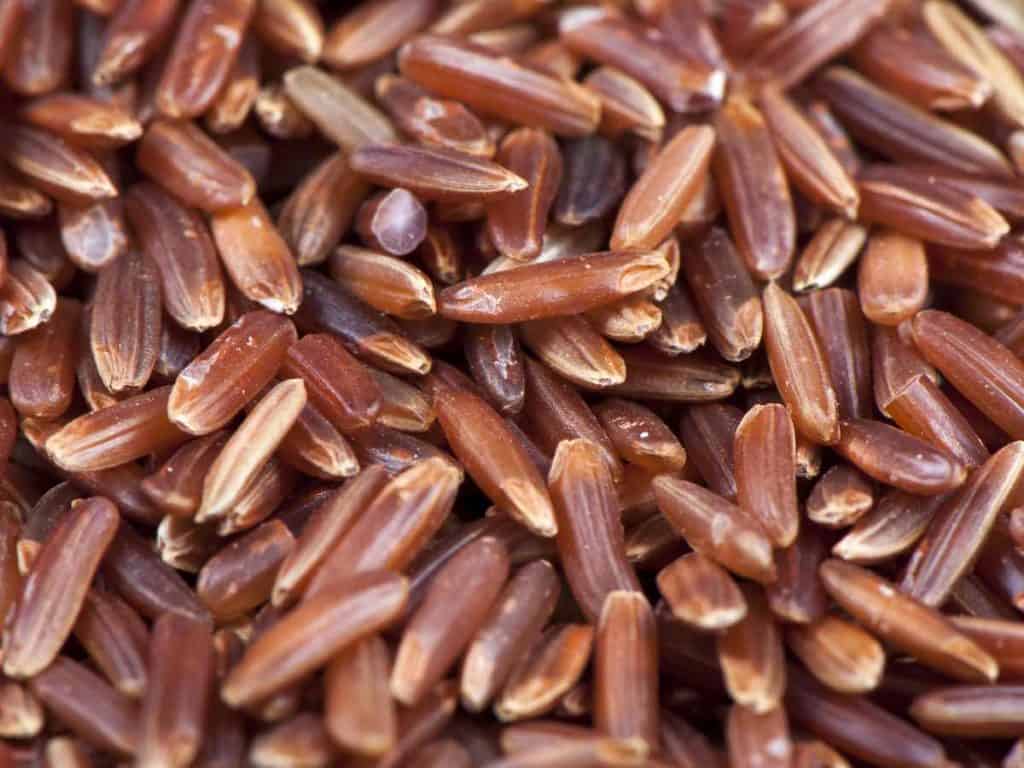
What Brown Rice Is
The rice grain that we eat is the seed of the rice plant. There are different rice species. Some are native in Africa, and some in North America. But the rice that you’re familiar with is likely the one that is native to Asia. That rice is from the plant species Oryza sativa.
When the rice plants are full-grown, they are harvested. The grains are separated from the stalk and then dried. Afterward, the rice is milled. Milling removes the hull from the grains.
To make brown rice, the last step is removing hull. To make white rice, the process continues. To make white rice, the brown rice is milled further. The brown rice goes through more huller machines to remove the outer bran layers from the grain.
At this point, the grains are light-colored. The grains are then cooled and polished.
Why We Make Brown Rice
Brown rice has the bran. The bran has almost all the fiber, vitamins, minerals, and other nutrients in the grain. However, the bran also has oil, and oil spoils easily. Hence, brown rice spoils faster than white rice.
Besides the practical aspect, there’s also the sensory aspect. We find white rice more enjoyable to eat. White rice is soft. It’s easy to chew, and it gives a sense of comfort. White rice is also easy to digest, so it rarely causes digestive problems if any.
Taste
Typical white rice has a subtle and almost bland taste. This trait makes it a versatile addition to many dishes. Basmati white rice has longer grains. It’s also more aromatic. Some descriptors for basmati white rice are spicy, nutty, and floral.
Meanwhile, typical brown rice, has nutty and earthy tastes, like those of whole wheat bread. Like with white rice, the different varieties of brown rice also taste different. Short-grain brown rice tends to be a bit sweet. Long-grain brown rice can be woody with a distinct grainy taste.
Substituting White Rice For Brown Rice
Since white rice doesn’t have bran, it’s more absorbent. Hence, it cooks more easily. It can easily absorb the colors and flavors you are cooking with.
However, those traits don’t make white rice irreplaceable. You can still substitute white rice for brown rice. You’ll just have to make some adjustments in your cooking.
Cooking Time And Water
Brown rice needs more time and liquid to cook. It usually needs at least 50% more cooking time and at least 25% more liquid. Some people claim they use double the amount of liquid as with white rice.
If you’re unsure, you can first use 25% more, then add more liquid if it looks like it wasn’t enough. Using more liquid can give softer brown rice.
If it seems like the rice is already edible but you want it to be softer, add more liquid and extend the cooking time.
Dishes That Go With Brown Rice
White rice in any dish can be replaced with brown rice. Below are some dishes where you can use brown rice.
- Casserole dishes
- Jambalaya
- Burritos, tacos, rolls, and wraps
- Pilaf/Pilau
- Rice Bowls
- Salads
- Stir-frys
- Curries and soups
- Stuffed food
- Rice pudding
However, remember that the different varieties have distinct flavors. These distinct flavors can make a variety more appropriate for certain dishes.
For example, brown rice is generally less soft. However, short-grain brown rice is relatively softer than the longer grains. Short-grain brown rice is also relatively silkier and stickier.
Therefore, if you enjoy white rice for its softness, then you can try short-grain brown rice. The silky and sticky texture of short-grain brown rice can make it more suitable for dishes that need to hold together. Examples of these dishes are wraps, roll, and stuffed foods.
Long-grain brown rice is drier but lighter than the short-grain. Its texture is also more delicate, though it is still denser than white rice. Hence, long-grain brown rice is relatively fluffier than shorter grains.
The long grains also separate easily. Long-grain brown rice is especially great for dishes where the rice grains can be loose. Examples of dishes where long-grain brown rice is good are rice bowls, salads, and pilafs.
As for medium-grain brown rice, it can have qualities that are in-between those of long-grain and short-grain. Hence, medium-grain brown rice is a good middle ground if you can’t decide which to use for your cooking.
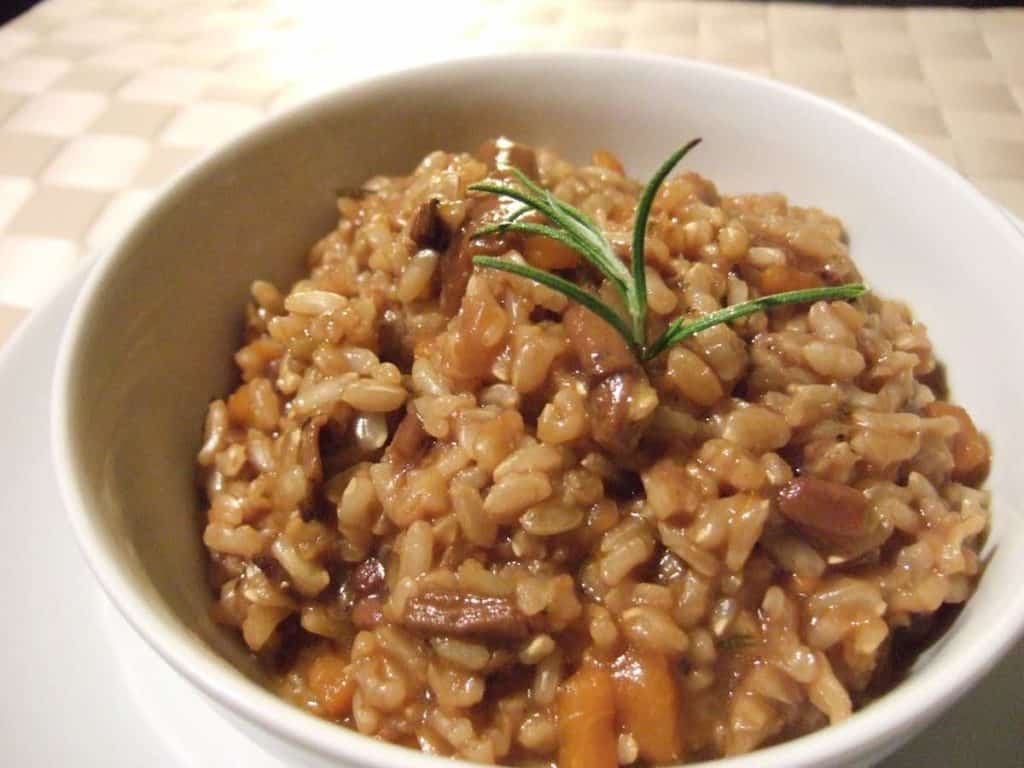
Enhancing Brown Rice Qualities
The typical way to cook rice is by simmering it in liquid for some time. However, you can add more to this to enhance the qualities of the cooked rice.
Making Brown Rice Fluffier
You will need as much as five times the amount of liquid as rice. Start by boiling the liquid. Once it’s boiling, add the rice. The liquid temperature will go down a bit. Once it starts boiling again, lower the heat to a simmer. Simmer for only 30 minutes.
After that time, drain out the liquid. If you are simmering the rice in broth or stock, you might want to save it. Place the rice back into the cooking vessel. Cover it, and let it steam for 10 minutes.
Afterward, turn off the heat, uncover it, and fluff with a fork.
Making Brown Rice Stickier
Sometimes, we want sticky and clumpy rice, like in wraps and sushi. This sticky brown rice method works better with short-grain. It is also great for sushi. You cook the brown rice as you normally would.
But you add a tablespoon or two of rice wine vinegar for every cup of uncooked brown rice. You can use any vinegar, but rice wine vinegar tends to work best. The acid in the vinegar helps break down some of the starches, resulting in a sticky texture. You can add salt and sweetener to taste.
Related Questions
Can brown rice flour be substituted for white rice flour?
You can generally substitute brown rice flour for white rice flour. It would be like substituting regular flour with whole-wheat flour. The result though will be different if you had used white rice flour. It would be like how whole-wheat bread is different from white bread.
Can I substitute quinoa for brown rice?
Quinoa is technically not a grain, but we can treat it as such. Hence, you can substitute quinoa for brown rice in any recipe and dish.
